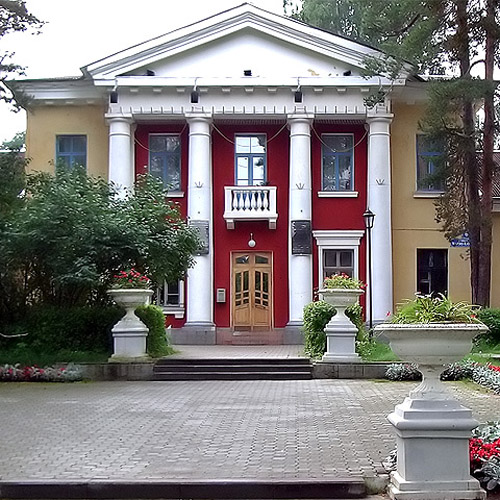Nihonium
113
Nh
Group
13
Period
7
Block
p
Protons
Electrons
Neutrons
113
113
173
General Properties
Atomic Number
113
Atomic Weight
[286]
Mass Number
286
Category
Post-transition metals
Color
n/a
Radioactive
Yes
The name comes from the common Japanese name for Japan
Crystal Structure
n/a
History
Nihonium was identified in 2003 as an alpha decay product of element 115, moscovium by a team composed of Russian scientists at Joint Institute for Nuclear Research, Dubna and American scientists at the Lawrence Livermore National Laboratory.
The Dubna-Livermore collaboration has strengthened their claim for the discovery of nihonium by conducting chemical experiments on the final decay product 268Db.
The Dubna-Livermore collaboration has strengthened their claim for the discovery of nihonium by conducting chemical experiments on the final decay product 268Db.
Electrons per shell
2, 8, 18, 32, 32, 18, 3
Electron Configuration
[Rn] 5f14 6d10 7s2 7p1
Nihonium is historically known as eka-thallium
Physical Properties
Phase
Solid
Density
16 g/cm3
Melting Point
703.15 K | 430 °C | 806 °F
Boiling Point
1373.15 K | 1100 °C | 2012 °F
Heat of Fusion
n/a kJ/mol
Heat of Vaporization
n/a kJ/mol
Specific Heat Capacity
- J/g·K
Abundance in Earth's crust
n/a
Abundance in Universe
n/a

Image Credits: Wikimedia Commons (Hrustov)
The element was discovered at the Joint Institute for Nuclear Research in Dubna, Russia
CAS Number
54084-70-7
PubChem CID Number
n/a
Atomic Properties
Atomic Radius
-
Covalent Radius
136 pm
Electronegativity
-
Ionization Potential
-
Atomic Volume
-
Thermal Conductivity
-
Oxidation States
1, 3, 5
Applications
Nihonium is used for scientific research purposes only.
Nihonium is harmful due to its radioactivity
Isotopes
Stable Isotopes
-Unstable Isotopes
278Nh, 282Nh, 283Nh, 284Nh, 285Nh, 286Nh, 287Nh